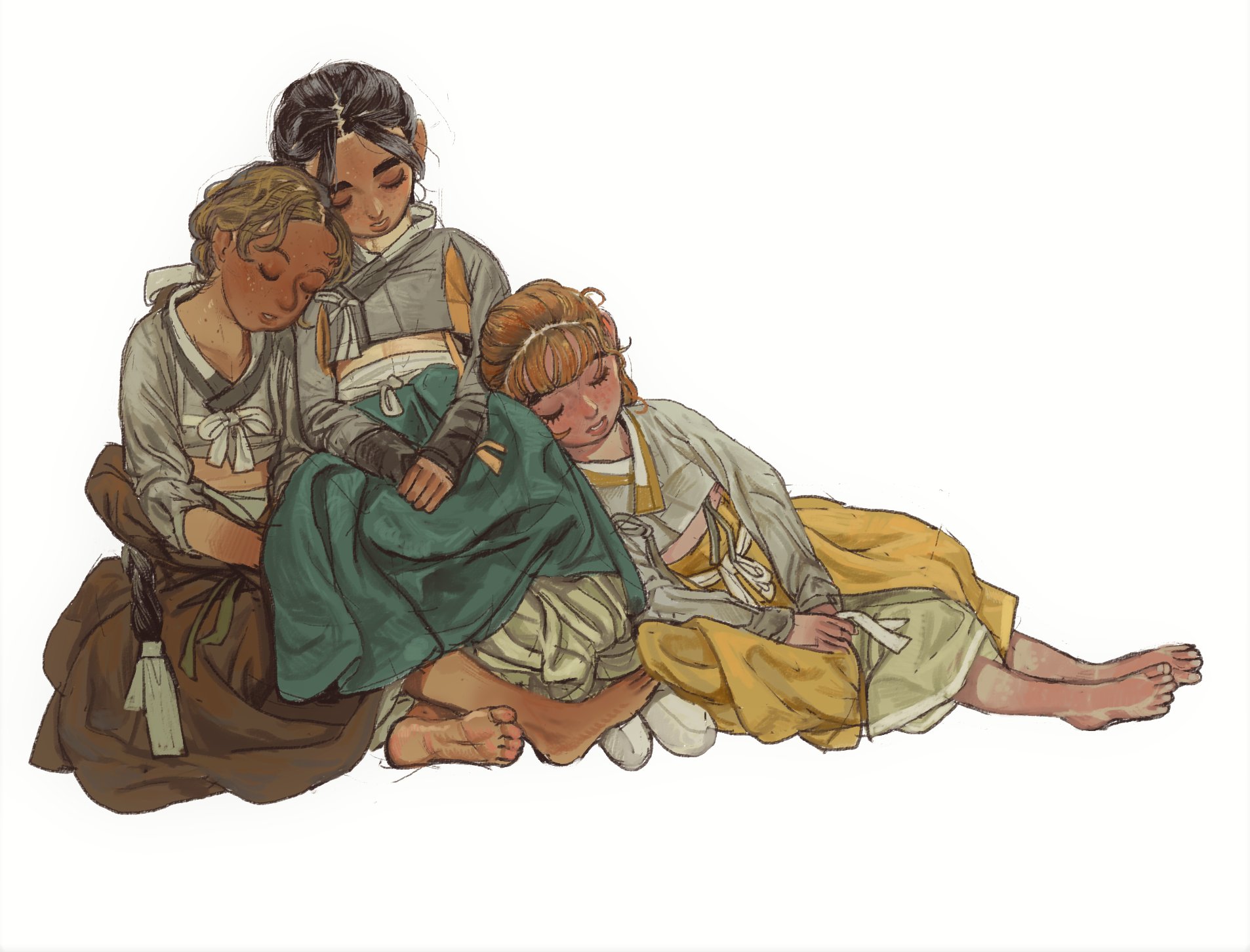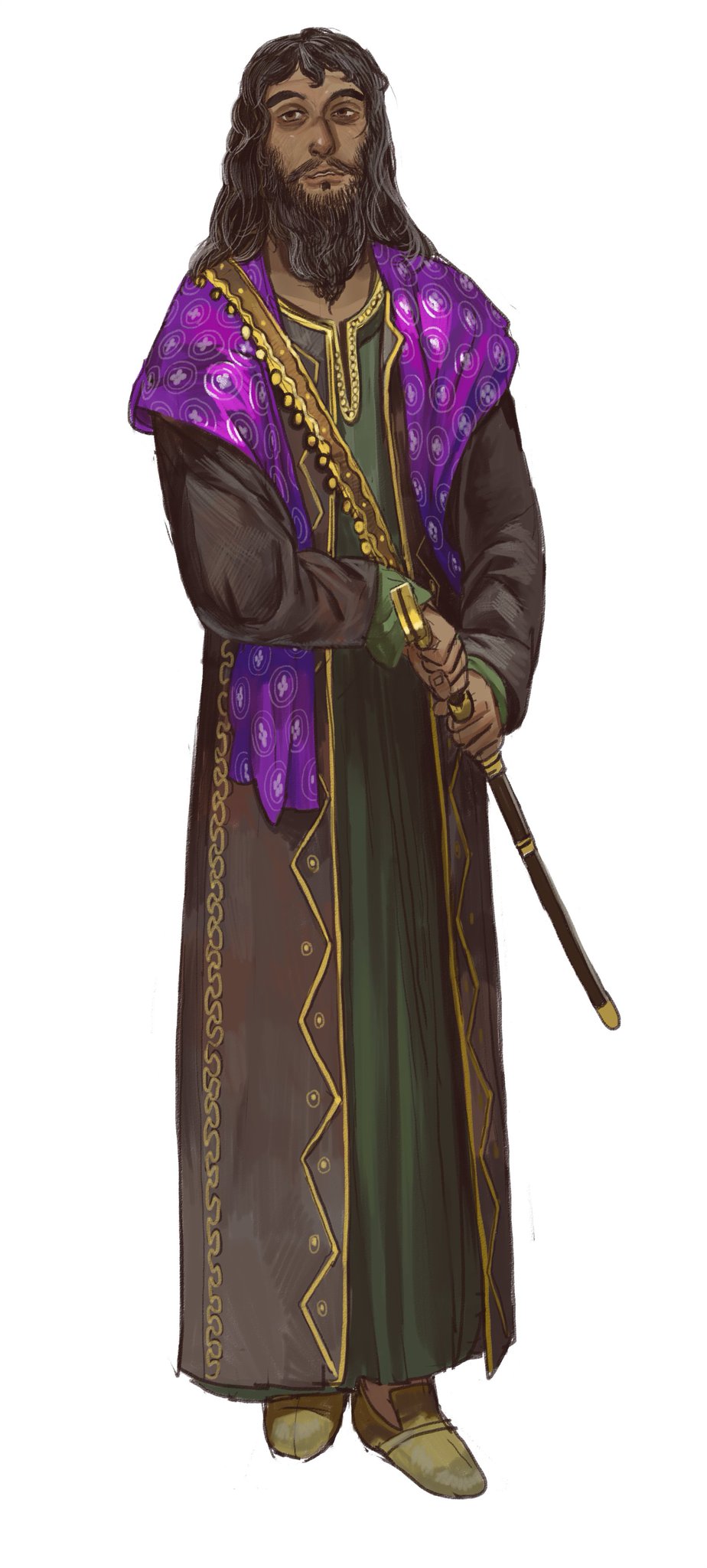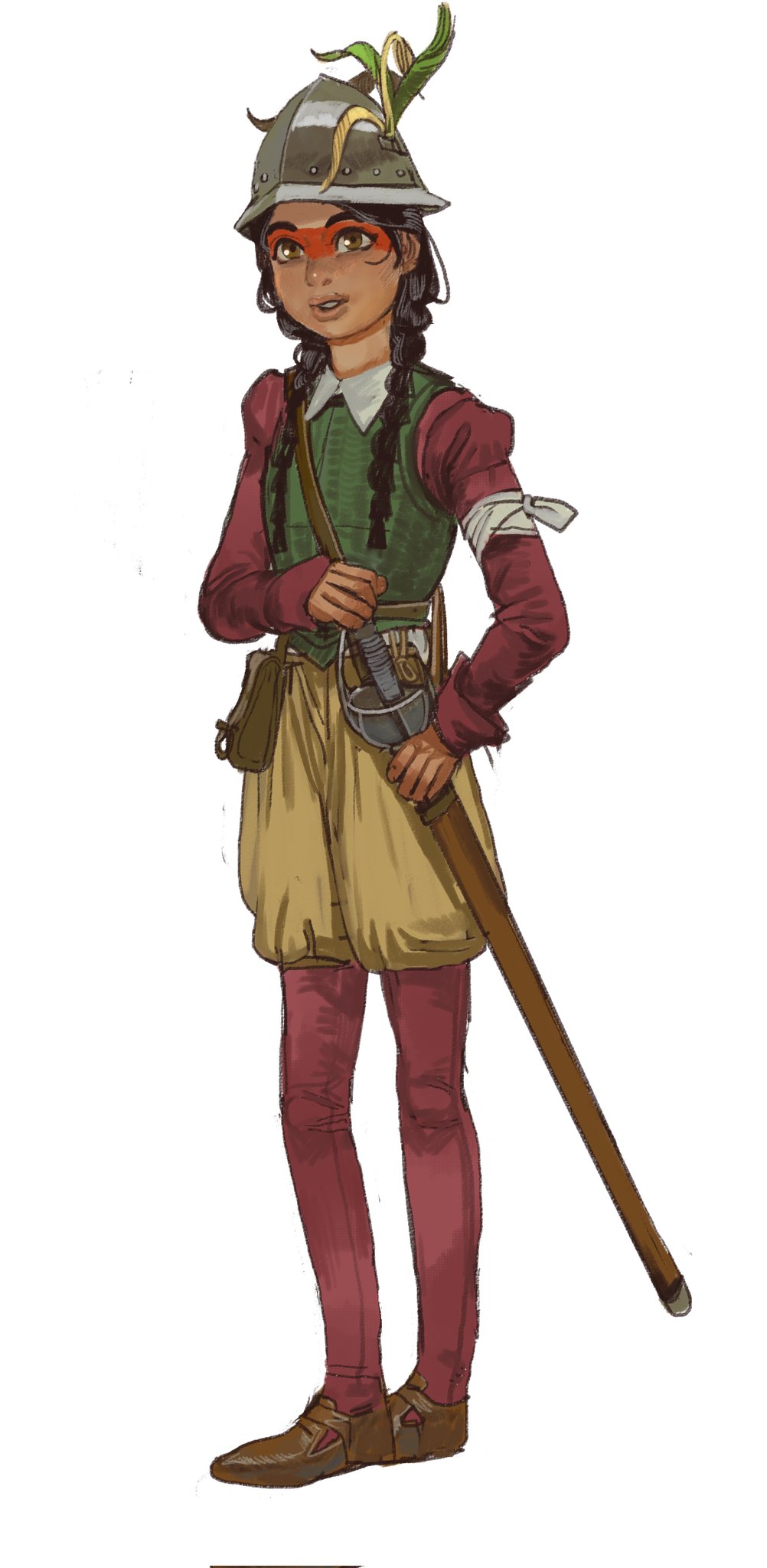The mossacannibalis controversy has captured the attention of the world, raising eyebrows and igniting debates across various platforms. This multifaceted issue intertwines art, ethics, and the boundaries of human expression, making it a focal point for discussions in contemporary society. As individuals grapple with the implications of this controversy, it has become crucial to understand the nuances that surround it.
The term “mossacannibalis” itself is a provocative combination of ideas and emotions, evoking a sense of curiosity and concern. At its core, this controversy delves into themes of consumption—both literal and metaphorical—forcing us to confront our values and beliefs. From the implications of its artistic representation to its societal impacts, the mossacannibalis controversy challenges us to reflect on what it means to be human in an increasingly complex world.
As the dialogue surrounding the mossacannibalis controversy continues to evolve, it has sparked conversations that transcend cultural boundaries. Individuals from diverse backgrounds are engaging with the topic, contributing their perspectives to a growing discourse that seeks to unravel the intricacies of this contentious issue. Understanding the mossacannibalis controversy is not just about the controversy itself; it's about exploring the cultural and ethical dimensions that shape our world today.
Read also:Matthew 1231 A Profound Analysis
What is the Origin of the Mossacannibalis Controversy?
The origin of the mossacannibalis controversy can be traced back to a specific artistic piece that provoked public outrage. This artwork, described as a bold and avant-garde representation, challenged traditional perceptions and brought forth discussions about morality and ethics in art. Many viewed it as a commentary on societal issues, while others saw it as a blatant disregard for human dignity.
Who is Behind the Mossacannibalis Artwork?
To fully appreciate the controversy, it is essential to understand the artist behind the piece. Here’s a brief overview of the artist:
| Name | Date of Birth | Nationality | Artistic Medium |
|---|---|---|---|
| Jane Doe | March 12, 1985 | American | Mixed Media |
Jane Doe is an acclaimed artist known for her provocative installations that often challenge societal norms. Her approach to art is unapologetic, aiming to evoke strong emotions and prompt dialogue among her audience. The mossacannibalis artwork is a reflection of her bold artistic vision, which has garnered both praise and criticism.
What Are the Major Themes Explored in the Mossacannibalis Controversy?
The mossacannibalis controversy explores several significant themes, including:
- Consumption: The idea of consuming art, culture, and even human experiences.
- Identity: How the artwork reflects and distorts personal and collective identities.
- Ethics: The moral implications of artistic expression and its impact on society.
- Provocation: The role of shock value in contemporary art and its effects on public perception.
How Has the Public Reacted to the Mossacannibalis Artwork?
The public reaction to the mossacannibalis artwork has been polarizing. Some viewers have praised it as a groundbreaking piece that challenges societal norms, while others have condemned it for being offensive and inappropriate. Social media has played a significant role in amplifying these reactions, with discussions ranging from admiration to outrage.
What Are the Ethical Considerations Surrounding the Mossacannibalis Controversy?
Ethical considerations are at the forefront of the mossacannibalis controversy. Critics argue that the artwork crosses a line, raising questions about the limits of artistic expression and the responsibilities of artists. On the other hand, supporters believe that art should provoke thought and challenge the status quo, regardless of the discomfort it may cause.
Read also:Comprehensive Guide To Esa Education Empowering Future Generations
What Can We Learn from the Mossacannibalis Controversy?
The mossacannibalis controversy serves as a vital case study for understanding the intersection of art, ethics, and society. It prompts us to consider our values and how we engage with provocative ideas. By examining this controversy, we can learn valuable lessons about empathy, dialogue, and the importance of diverse perspectives in shaping our understanding of complex issues.
What’s Next for the Mossacannibalis Controversy?
As the dust begins to settle on the mossacannibalis controversy, it remains to be seen how it will influence future artistic endeavors and public discourse. Artists may find themselves more cautious in their work, while critics may continue to push for accountability and ethical considerations. Ultimately, the legacy of this controversy will likely resonate in the art world for years to come, reminding us of the power of art to provoke dialogue and inspire change.
In conclusion, the mossacannibalis controversy is a profound example of the complexities surrounding art and human expression. It challenges us to confront uncomfortable truths and engage in meaningful conversations about our values and beliefs. As society continues to evolve, so too will the discussions surrounding this controversial artwork, ensuring its place in the annals of contemporary art history.


